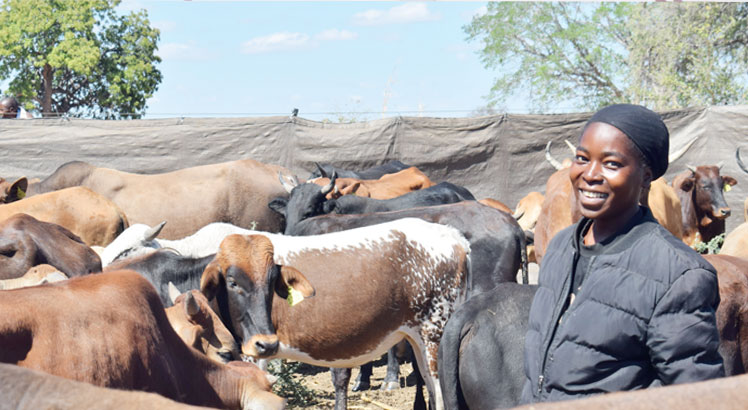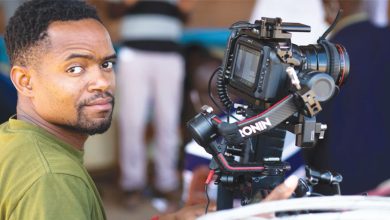Breaking the jinx in cattle herding
It was all doom and gloom for 25-year-old Precious Phiri, who, after finishing Grade 12, an equivalent of Malawi School Certificate of Education) could not proceed to college because of financial challenges.
While the parents of the young woman from Sekaunzwe in Simalaha, Zambia understood the importance of supporting her, they felt that they had to use their resources to attend to her siblings who were still in school.
Precious is the fourth born in a family of nine children. This meant that there were five other siblings who needed support in education, health and other necessities of life. Her academic ambitions had to be shelved.
But she never took a no for an answer. Precious believed that somewhere there had to be an answer to her needs. The burning desire to empower herself put her mind on alert for potential opportunities.

Luck smiled her way when the Village Action Group in her community advertised for cattle herders. This was under Herding for Health (H4H) project.
She seized the opportunity and applied for the job despite that cattle herding is predominantly a male domain. She was successful and got the job.
After earning her first salary in 2024, she bought a calf which is being taken care of alongside her father’s cattle. She aspires to grow her stock.
Says Precious: “I will continue working and buying more cows while they are also multiplying until I have at least 200 cows. I will use my salary to employ my own herder to manage my stock.”
This initiative in her community is part of Simalaha Community Conservancy where the project intends to improve, among other things, wildlife/human interaction, improve soil health, effective utilisation of fodder and water during the dry season, improving animal safety and good management of animal diseases.
Through this project, the community brings together their animals to a maximum of 300 head of cattle and move them to a mobile kraal that is stationed on a farm for seven days. There, the herders manage the flock collectively, allowing them to deposit their dung in one spot thereby improving soil nutrition of the place.
After that, they are moved to another area thereby allowing fodder to regenerate on the previous spot while fertilising the new area. In so doing, they also manage the multiplication of pests and diseases as the animals do not stay in one area for too long.
The project is being financed by GIZ through Centre for Coordination of Agricultural Research and Development (CCARDESA) and implemented by Peace Parks Foundation.
According CCARDESA executive director Cliff Dlamini, H4H is one of two projects being implemented to address rangeland degradation in the Sadc region.
He said: “Through the H4H and Growing Greener Projects, we are working together to restore land, support livelihoods and build climate resilience.”
In H4H Project some of the provisions are water tanks and troughs for the Village Action Groups which will include 10 000 litre reservoirs and water troughs for animal drinking, fencing off existing water pans in sections to enable water to be moved to reservoirs, and to prevent cattle making mud as water recedes. And also dug wells in dry riverbeds, to pump to tanks, and reticulated to troughs.
The medium-term water provisions include; establishment of equipped boreholes in each site to address water shortfall in critical dry periods.





